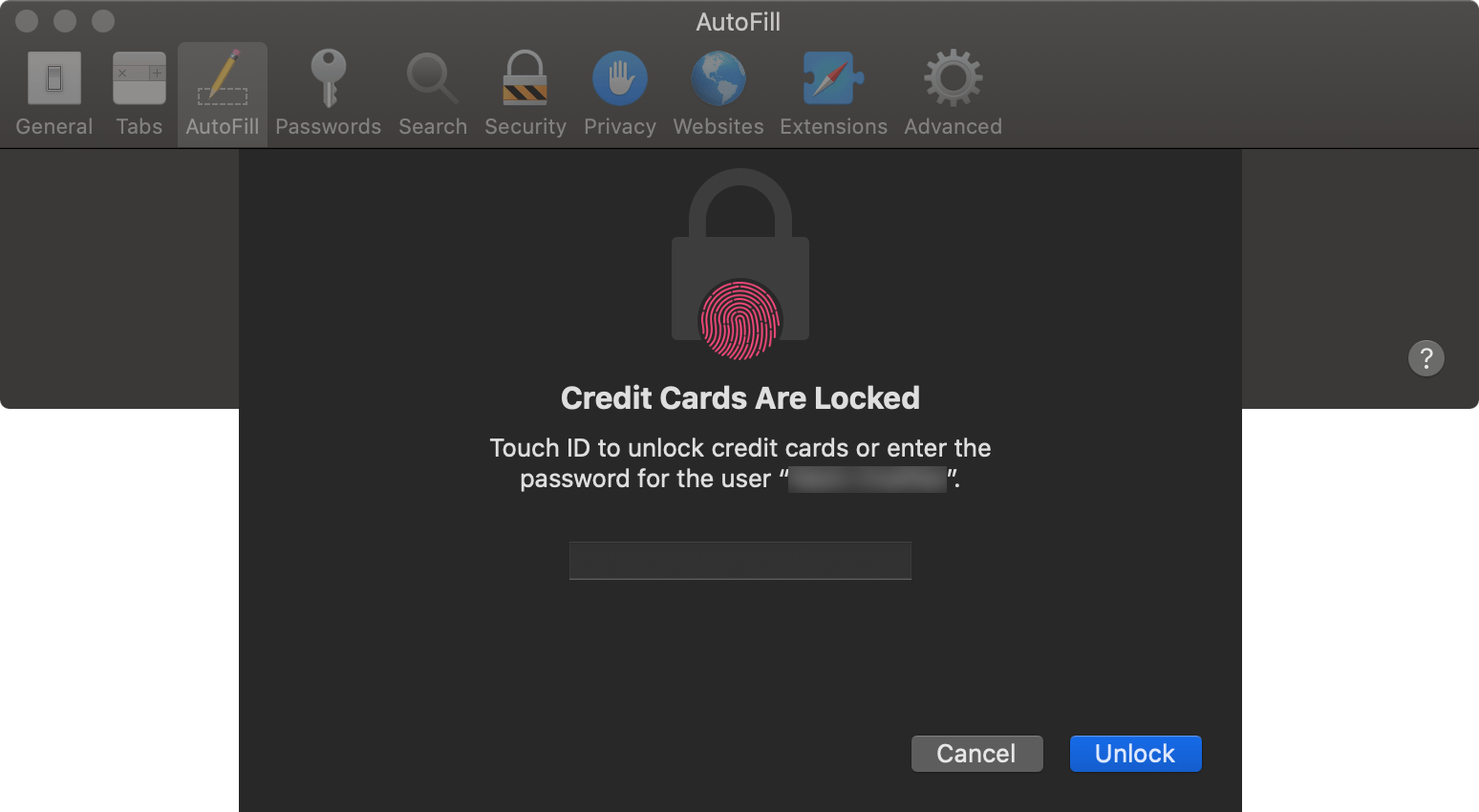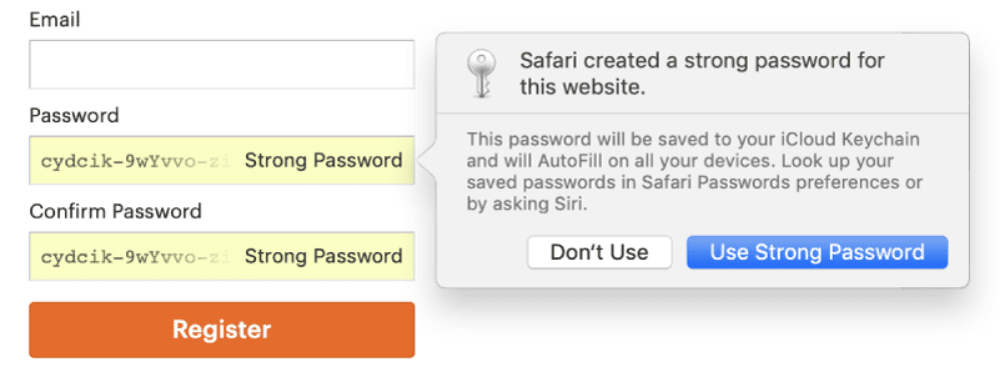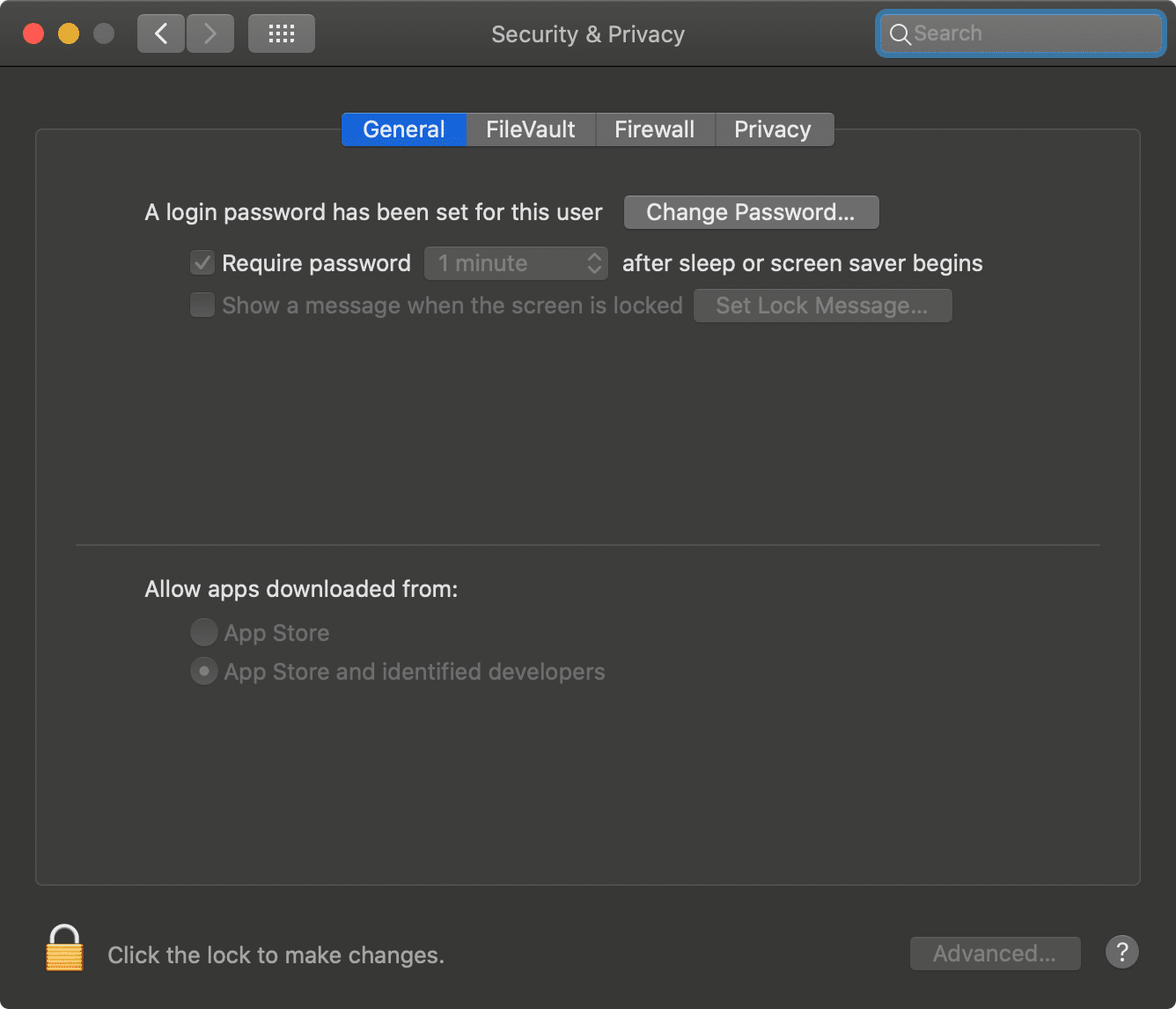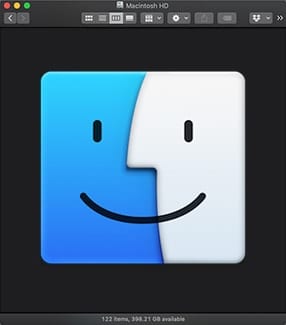
Are you tired of having to reenter all your data (name, address, credit card, etc.) when using the Safari web browser? Thanks to its AutoFill feature, Safari can save you some time by automatically filling in your credit card information, contact information, passwords, and more.
It can automatically fill in information from any contact in Contacts. It can also generate a secure password when you need to create one. Safari highlights auto-filled fields in yellow.
One big advantage of doing this: if you set up iCloud Keychain on your Mac and other devices, Safari automatically fills in saved user names, passwords, and credit card info on all those devices. This is a great time-saving feature.
How to Set Up Safari’s AutoFill feature:
Go to Safari > Preferences > AutoFill.

To fill in your credit card info, you can choose from a list of your stored credit cards. You can add or remove stored credit cards. Safari can autofill your account name, account number, and expiration date. For security, Safari doesn’t store the credit card security code. You must enter it manually each time you use the card on a website.
With the AutoFill preferences open, click “Edit” for the Credit Card options, and you’ll be told that your credit cards are locked until you enter your password or use the Touch Bar on a Mac laptop to enter your fingerprint. This is one of Apple’s many security features.

To fill in info from the Contacts apps, start typing any name from your Contacts to autofill their details. If a contact has more than one address, email, phone, or other contact info, you can choose from the home, work, or custom address you’ve already entered in their contact card (or use the Touch Bar on a Mac laptop). If you don’t want Safari to autofill information, just keep typing.
To fill in your user name and password, if you previously stored your user name and password for the website, Safari automatically provides the information. Click in the user name field, then choose your user name (or, again, use the Touch Bar).
If there’s no stored information for a website, do either of the following:
- If another website uses the same user name and password, you can use its stored information. Click in the password field, click the AutoFill Key, then choose Other Passwords. Select the website with the user name and password you want to use, then click Fill.
- If the website’s user name and password are unique, store the information so Safari can automatically provide it next time. Enter the user name and password, or generate a password (described below), then click Save Password when asked.
When you start to create a new website password, and you have iCloud Keychain set up on your Mac, Safari automatically suggests a unique password. If you don’t have iCloud Keychain set up, click in the password field, click the AutoFill Key, then choose Suggest New Password.

To change AutoFill settings, choose Safari > Preferences, then click AutoFill.
To turn AutoFill off or on, select the information you want to include in AutoFill, deselect the rest.
How To Change or Delete AutoFill Information:
Click Edit next to the information you want to change or delete.
User names, passwords, and credit card information are encrypted in your macOS keychain. They’re also encrypted in your iCloud Keychain if it’s set up on your Mac.
If you remove credit card information or user names and passwords in Safari, they’re deleted from your macOS keychain. They’re also removed from your other devices if your Mac and other devices are set up for iCloud Keychain.
Note that Safari auto-fills your information for anyone who uses your Mac with your user login. It also auto-fills your information for anyone who uses your other devices, if those devices and your Mac have iCloud Keychain set up.
For security, you can set up your Mac to display the login window when it starts up and to require a passcode after sleep or a screen saver begins.
How to Set a Lock Screen Message:
- On your Mac, choose Apple menu > System Preferences, click Security & Privacy, then click General.

- Click the lock icon to unlock it, then enter an administrator name and password.
- Select “Show a message when the screen is locked,” then click Set Lock Message.
- Enter the message you want to display in the login window.









This is a great feature. The issue lies with sites that do not conform to the accepted practices of fill-in. Hence your name is in the address field twice and your phone number ends up in the email field. Or you get an error message that says “no information an be found”.